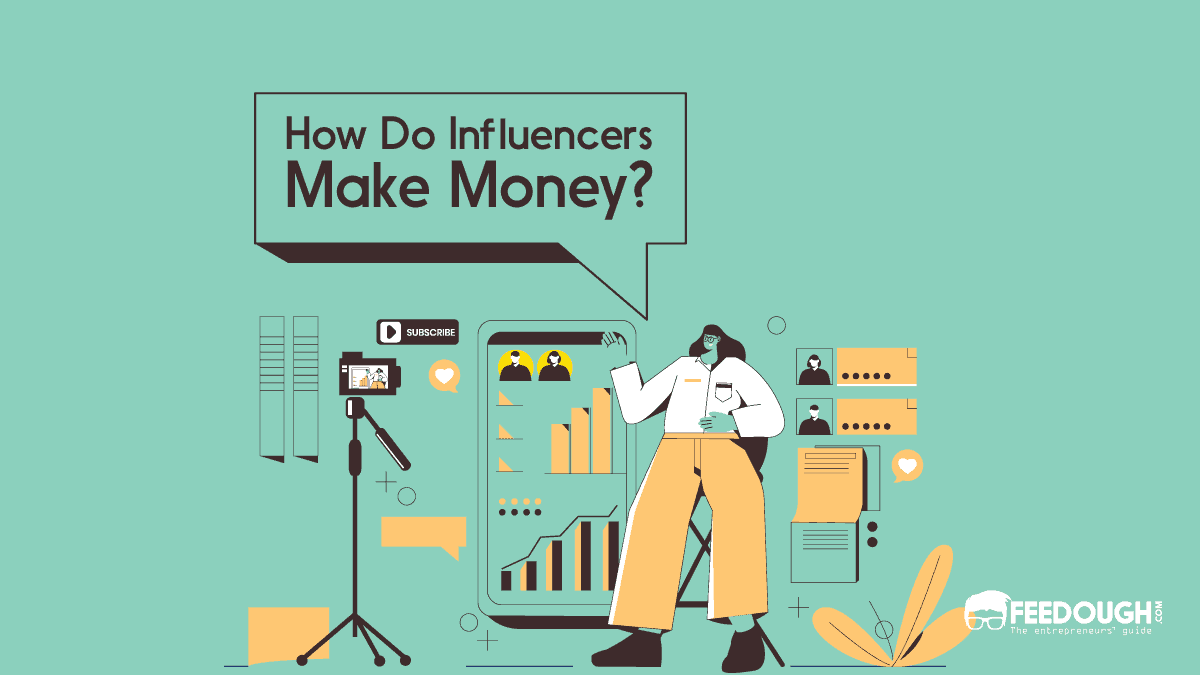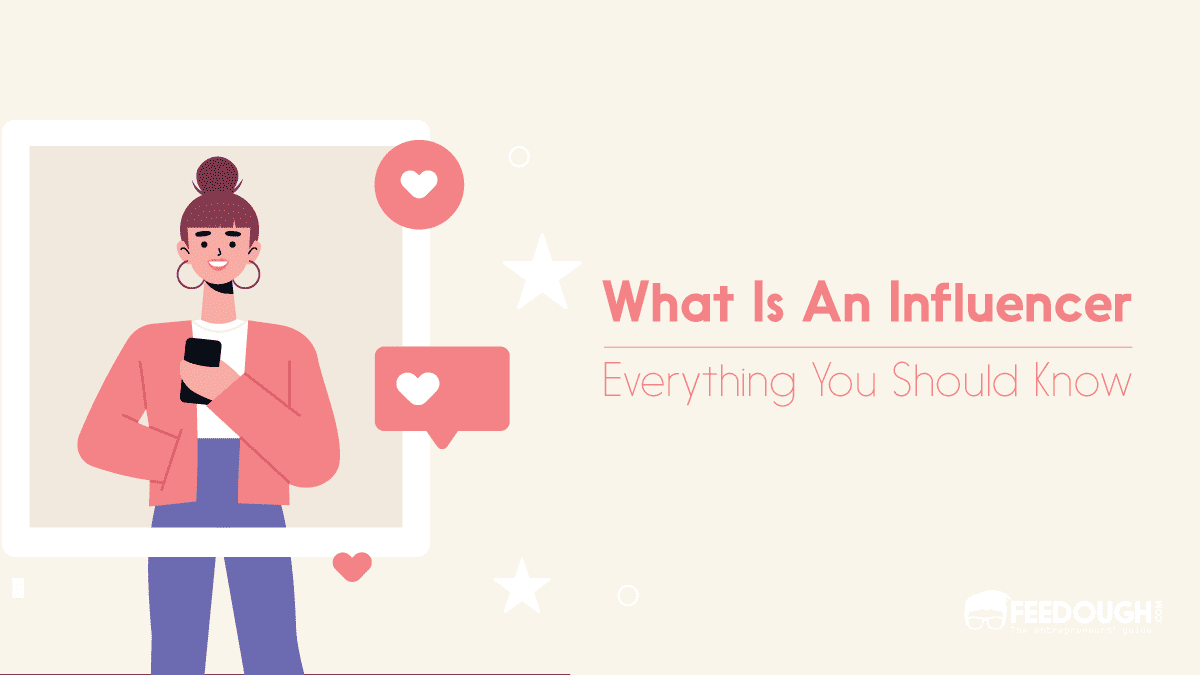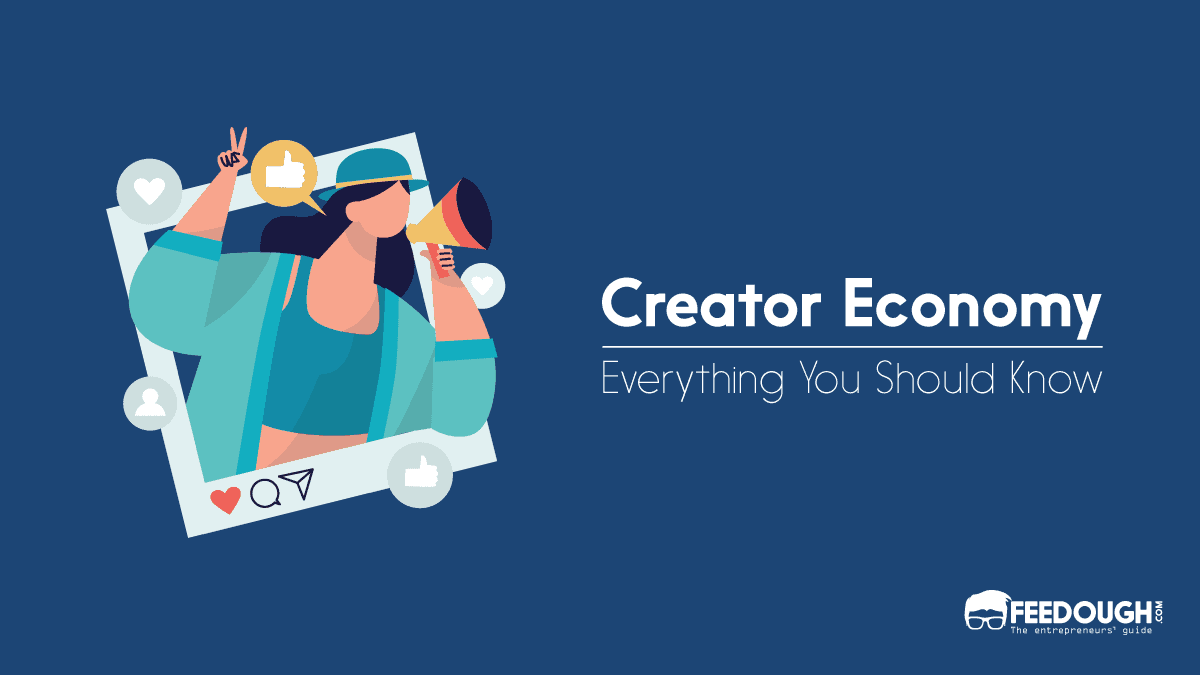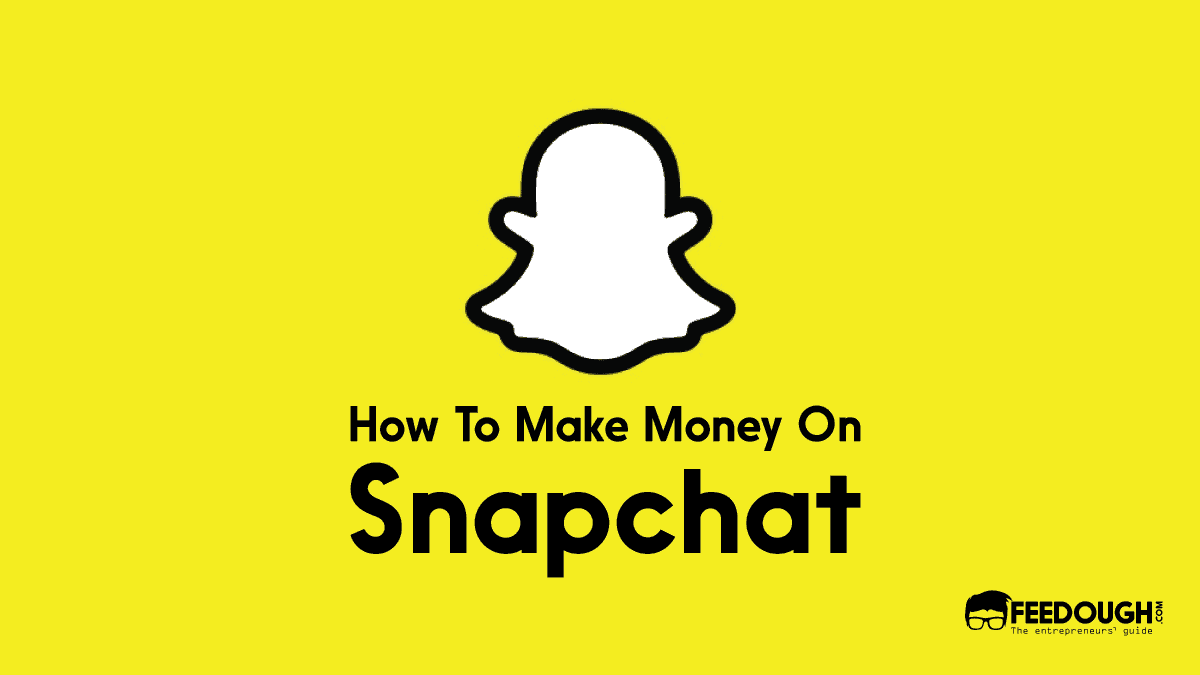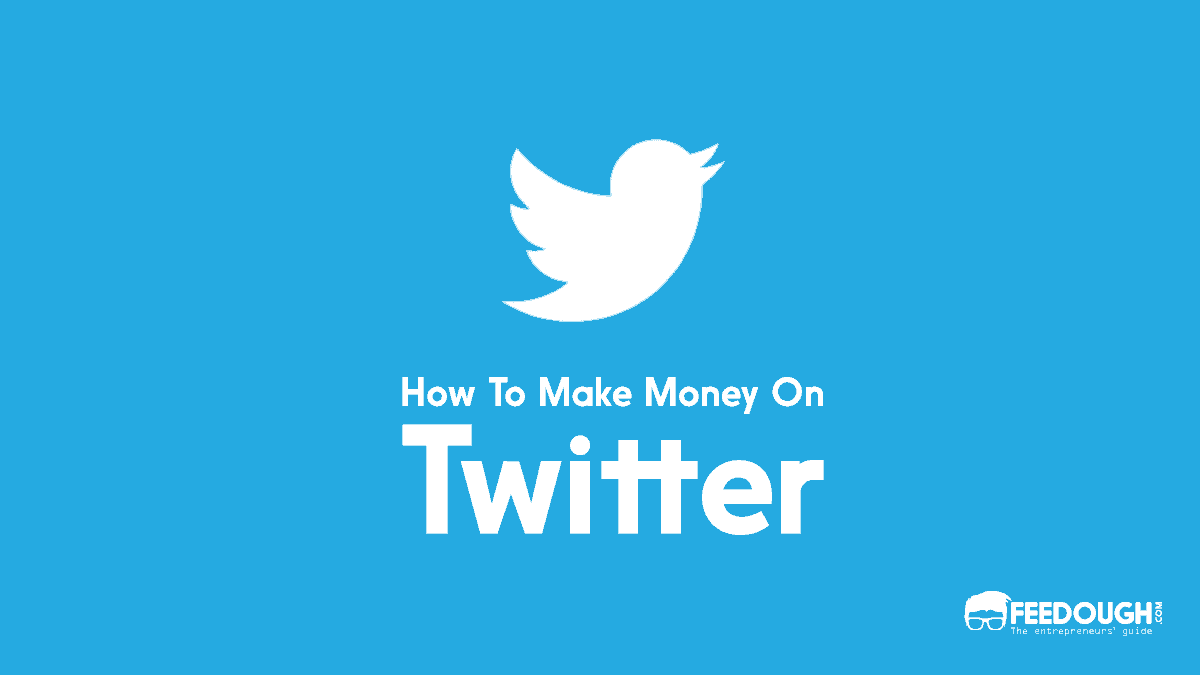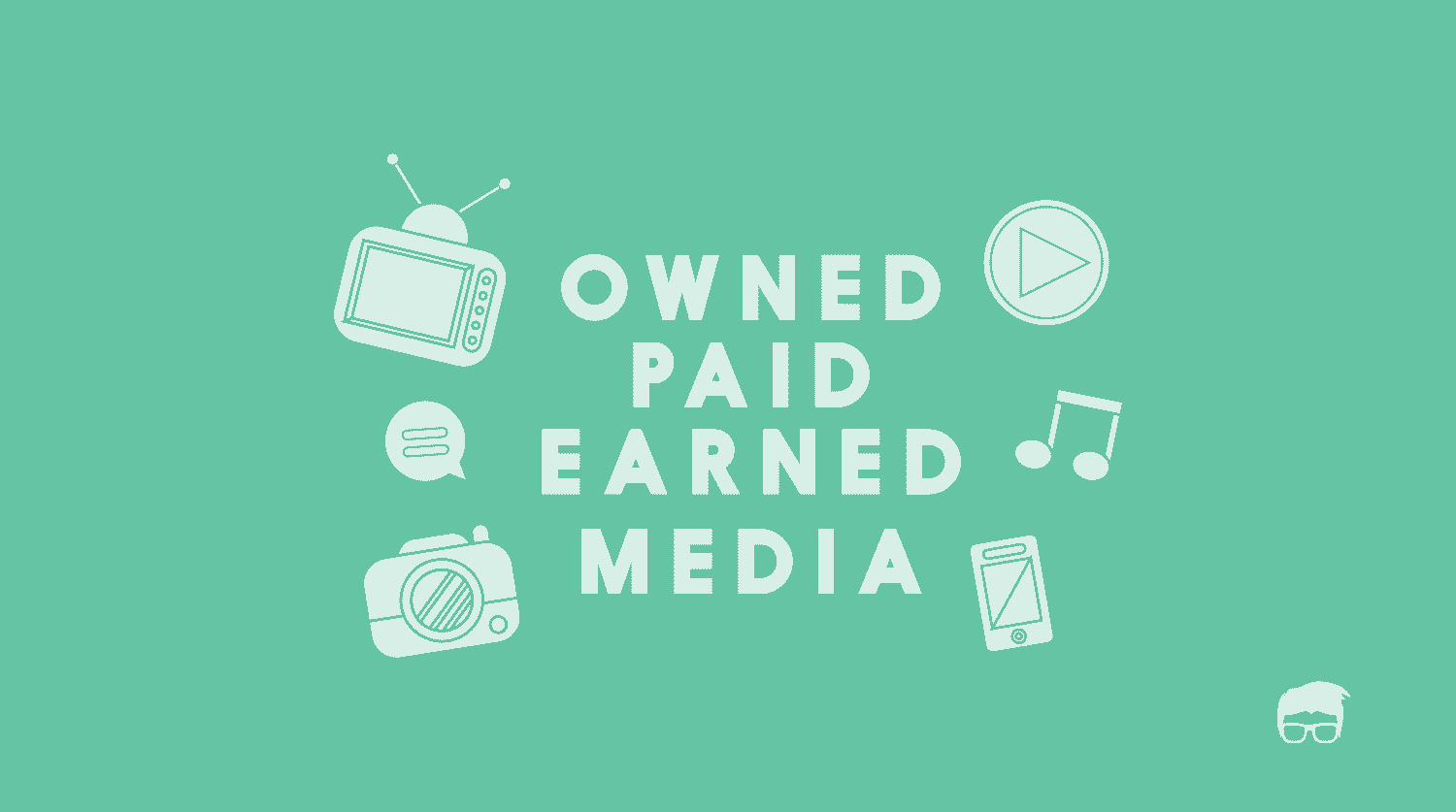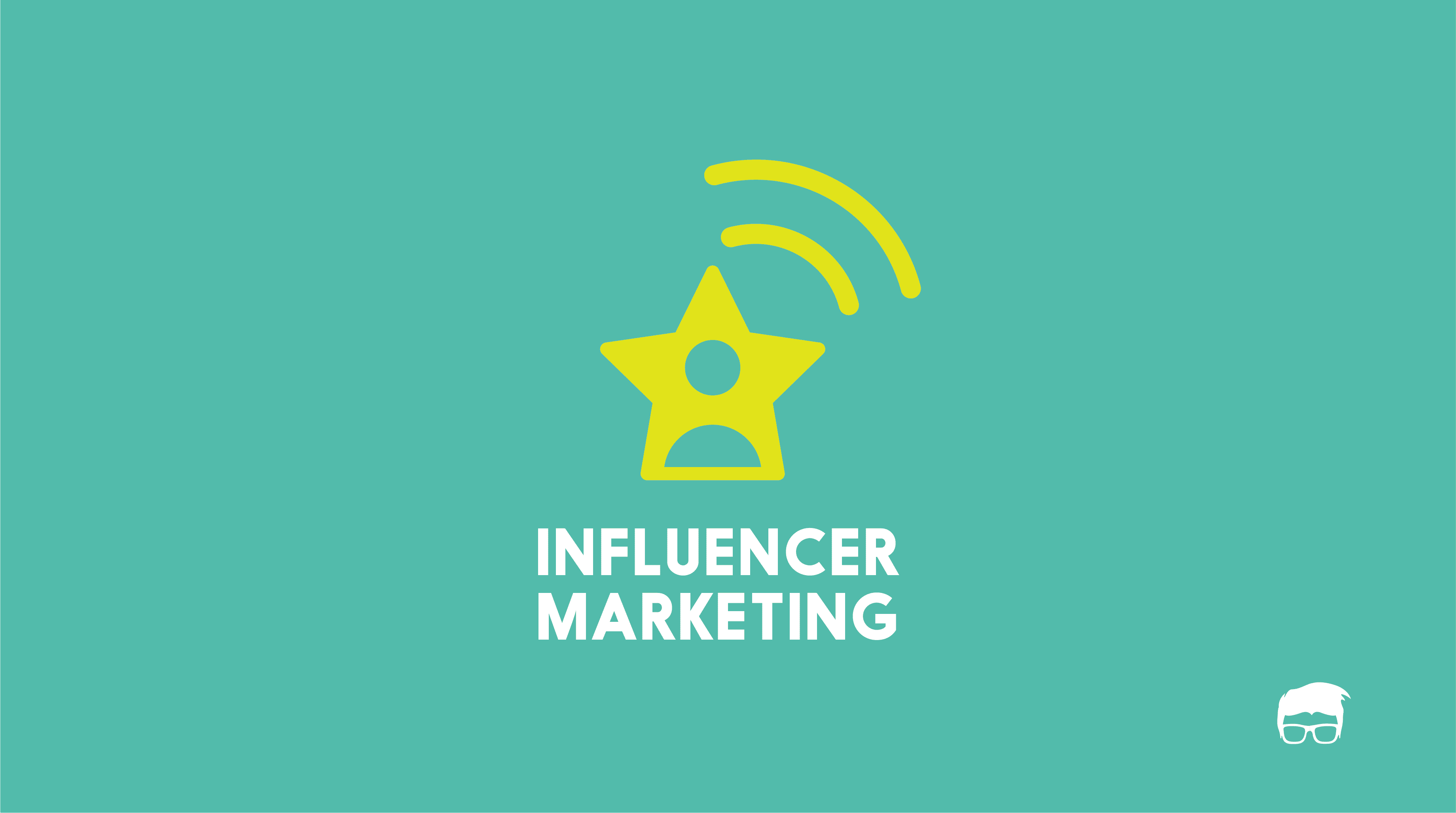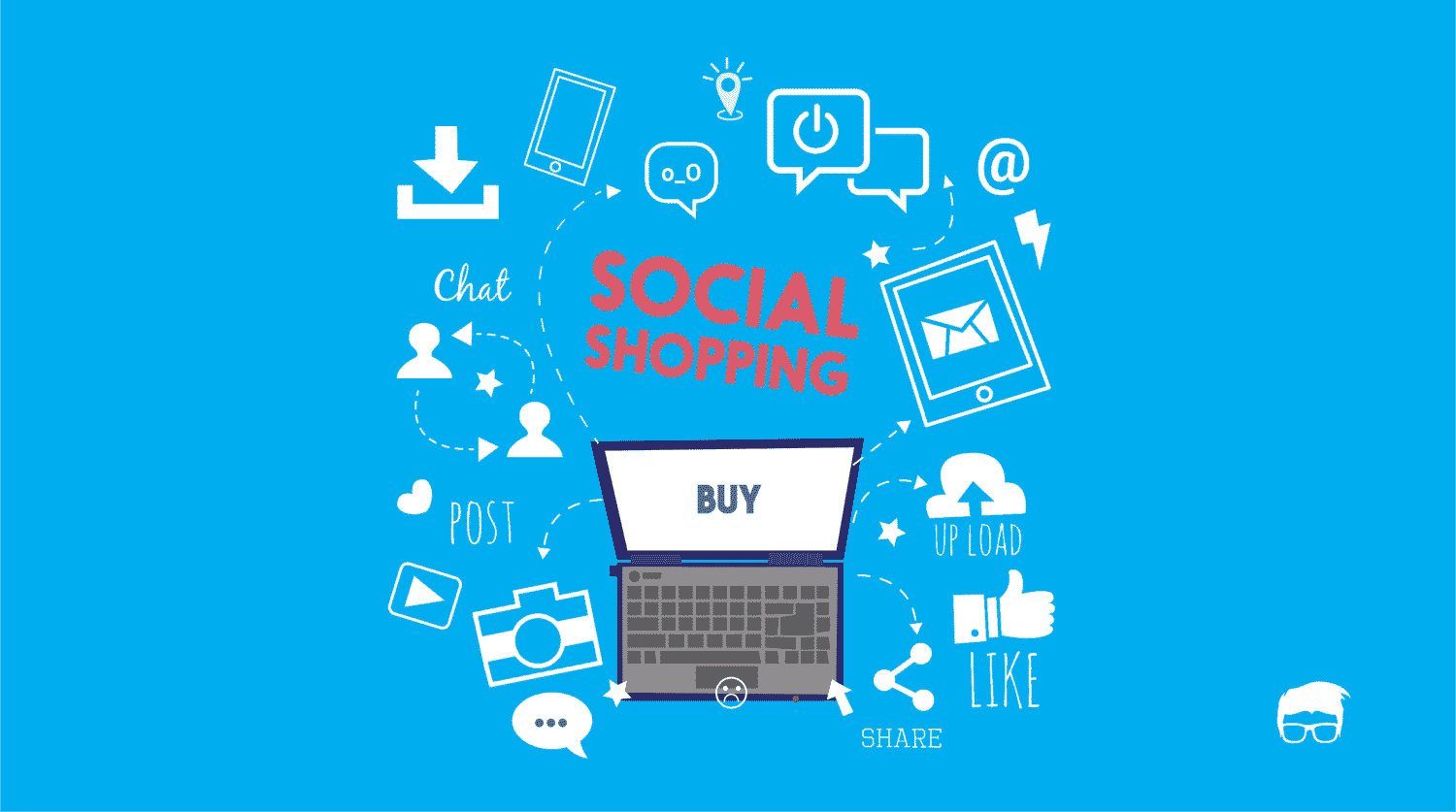Today, influencers are the spine of the creator economy. They are the ones who drive virality and create trends. But what many people don’t know is how they actually work and make money. Many even doubt that being an influencer can be a sustainable career.
The fact is, influencers have disrupted the traditional marketing industry. They are not just people with good followership on social media channels. In the brands’ eyes, they are effective marketing channels to reach out to their target audience. And from a business perspective, they are entrepreneurs who have built their businesses around their followership.
There are various ways in which an influencer can make money. But before we get to that, it’s important to understand how they work and build their business model around their content.
How Do Influencers Work?
An influencer is someone who has noticeable followership and the ability to influence those followers’ behaviour and decisions.
They can be anyone from celebrities, athletes, or social media personalities to everyday people with a lot of followers on their social channels.
The way these influencers work isn’t complicated.
- They choose a niche and platform they are comfortable with.
- They develop content that resonates with their niche and followers.
- They grow their following by engaging with their audience and providing valuable content.
- Once they have good followership and engagement rate, they look for brands who’d be interested in marketing to their followers.
- The brands get on board and pay the influencer to create sponsored content or promote their product or service.
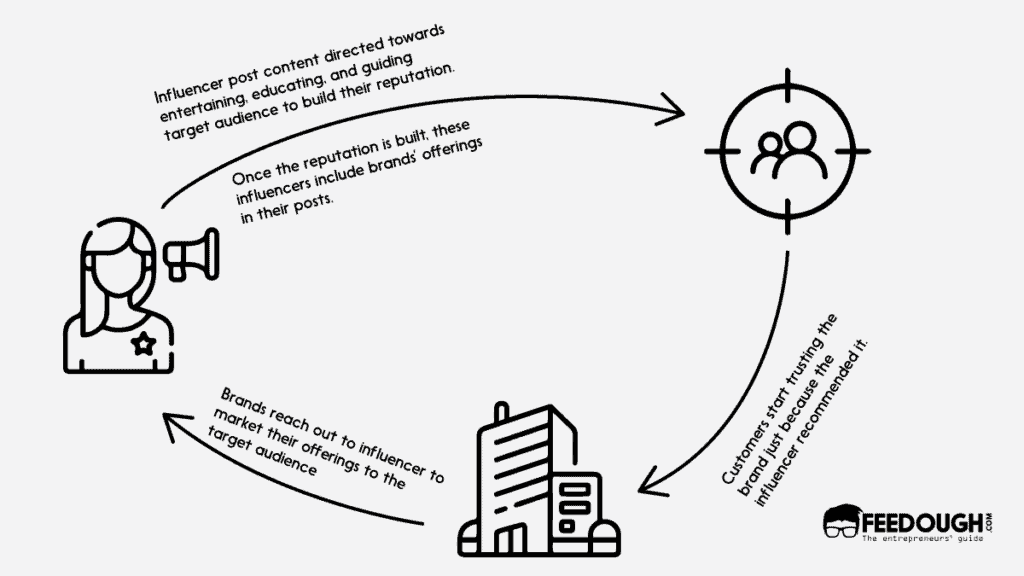
This is the general way most influencers work. But there are other key partners who become a part of the influencer business model throughout the business journey.
The Influencer Business Model
The influencer business model is similar to any other digital business.
Influencers target customer segments based on the channel they use:
- Intent-powered audience if they use pull-marketing channels like YouTube. People who are already looking for something in long-form content like product reviews, guides, etc., form this segment.
- Micro-moments powered audience if they use social engagement channels like TikTok, Instagram, Twitter. People using these channels during their idle time form this segment.
They provide value in the form of good-quality content that entertains, guides, and helps their followers solve problems, get most of their idle time, learn new things, and stay updated on trends.
The key activities involve creating, curating, and distributing content in the form of blog posts, videos, photos, or live broadcasts that resonate with their target audience.
Once the influencer has a noticeable following and engagement, they start signing contracts with brands that become their key partners.
But it doesn’t end there. The influencer also partners with other businesses to help it grow its reach and revenue.
These key partnerships can be with:
- Content monetisation platforms like YouTube that shares revenue in exchange for giving the influencer a wider reach
- Talent agencies that help connect them with brands and manage their endorsement deals.
- Social media management companies that help them with content creation, scheduling, and reporting.
They also need to continue growing their following by engaging with their audience and maintaining good customer relationships with them as well as with partner brands.
Once everything is set in place, the influencer builds their revenue model where they can make money through various sources.
How Do Influencers Make Money?
While brands form the main source of income for most influencers, there are more than one ways in which influencers make money. These include:
Ad-Revenue Sharing
Usually, influencers who use ad-powered channels like YouTube, Facebook, etc., sign up for ad-revenue sharing with these platforms where the platform charges 45% (Facebook) to 55% (YouTube) of the ad revenue generated from the influencer’s videos and gives them the remaining.
The model works in this way –
- A brand approaches the platform to release a campaign to a specific audience having a particular interest, browsing history, or demographic.
- The platform then identifies the relevant influencers and runs the ad on their channel.
- The platform shares the ad revenue with them based on how much traffic or engagement their video content generates.
- The advantage for brands is that they can directly target influential people without having to go through a third-party and also get detailed insights into what’s working and what’s not.
This is a popular way for influencers to make money as it doesn’t require much extra effort on their part, and they get a regular income from it.
Affiliate Marketing
Affiliate marketing is a commission-based model where the influencer gets paid a commission for every sale or lead they generate for the partner brand.
The way it works is that the influencer promotes the product or service of a partner brand on their social media channels or blog and provides a link to buy it.
If someone clicks on the link and makes a purchase, the influencer gets a commission from the sale.
The advantage for brands is that they get access to a large number of influencers who are willing to promote their product in exchange for a commission.
This is a popular way for influencers to make money as they can sell the offering in their own unique way and get a commission for it.
Product Placement
Product placement is a form of marketing where the brand pays the influencer to feature their product in their content.
The way it works is that the brand provides the influencer with the product and they feature it in a blog post, video, photo, story, or live broadcast.
This is a popular way for brands to increase their awareness as well as product sales.
The advantage for influencers is that they get to keep the product and are even paid for it.
This is a popular way for influencers to make money, but it requires a lot of trust between the brand and the influencer.
Brand Sponsored Content
Brand sponsored content is a type of content where the influencer gets paid by the brand to create and publish content about them.
The way it works is that the brand provides the influencer with creative materials like a story, video, or photo and tells them what they want the influencer to say or do in the content.
The influencer then creates the content and publishes it on their social media channels or blog.
The advantage for brands is that they can directly control the messaging and get access to a large number of influencers.
This is a popular way for brands to make money as they can control the content and the message.
The disadvantage for influencers is that they don’t have much control over the content and may not be able to publish it elsewhere.
Subscription Revenue
With an increasing trend of platforms like Only Fans, Patreon, etc. and Instagram adding the creator subscription feature, some influencers are now able to make a sizable income through subscriptions.
In this model, the influencer creates exclusive content for their subscribers and charges them a monthly fee to access it.
This is a popular way for influencers to make money as it doesn’t require them to work with brands and they get a steady monthly income.
Self-Brand Offering
Some influencers create and sell their own products or services to their followers.
The way this model works is that the influencer launches their own product or service line, promotes it on their social media channels, and sells it to their followers directly.
Launching a product line in the niche is a strategy of capitalising on existing brand equity and can be a more efficient way to convert followers into customers.
Moreover, influencers get to keep the entire profit from the sale and don’t have to share it with a brand.
Brand Channel Takeovers
Channel takeover is a type of marketing where the influencer gets paid by the brand to take over their social media channel and post about their product or service.
In this model, the influencer posts about the product or service on the brand’s social media channel for a certain period of time depending on the agreement between them.
This is a popular way for brands to get their product or service in front of a large number of people.
The best thing about this partnership for the influencer is that they don’t have to use their own channel for the promotion and can continue to use it for their own content.
Donations
Some influencers monetise their following by asking for donations from their followers.
While this model is not as popular as the others, there are a few influencers who use it to get some extra money.
In this model, either the influencer asks their followers to donate money to them in exchange for exclusive content or just for the pleasure of supporting them.
How Much Money Do Influencers Make?
With several types of influencers getting the spotlight, the paychecks also differ. Generally, those with a larger following can charge more for a post.
According to data by Hype Auditor,
- Less than 25% of influencers with 1k-10k followers earn from their accounts.
- Less than 45% of influencers with 10k-50k followers earn from their accounts.
The real earning starts only when you cross the 50k mark.
An average influencer earns $2,970 per month, with micro-influencers earning around $1,420 per month and mega-influencers earning over $15,356 per month.
The Future Of Influencer Marketing
Influencer marketing is growing rapidly and is already a $16.4 billion industry in 2022.
This is because brands are realising the potential of working with influencers and how it can help them reach their target audience in a more efficient way.
Moreover, the number of people who use social media is also growing, which means that the potential market for influencer marketing is also increasing.
As a result, the future looks bright for influencers and they are expected to make more money in the years to come.
Go On, Tell Us What You Think!
Did we miss something? Come on! Tell us what you think about our article on how do influencers make money in the comments section.
A startup consultant, digital marketer, traveller, and philomath. Aashish has worked with over 20 startups and successfully helped them ideate, raise money, and succeed. When not working, he can be found hiking, camping, and stargazing.
